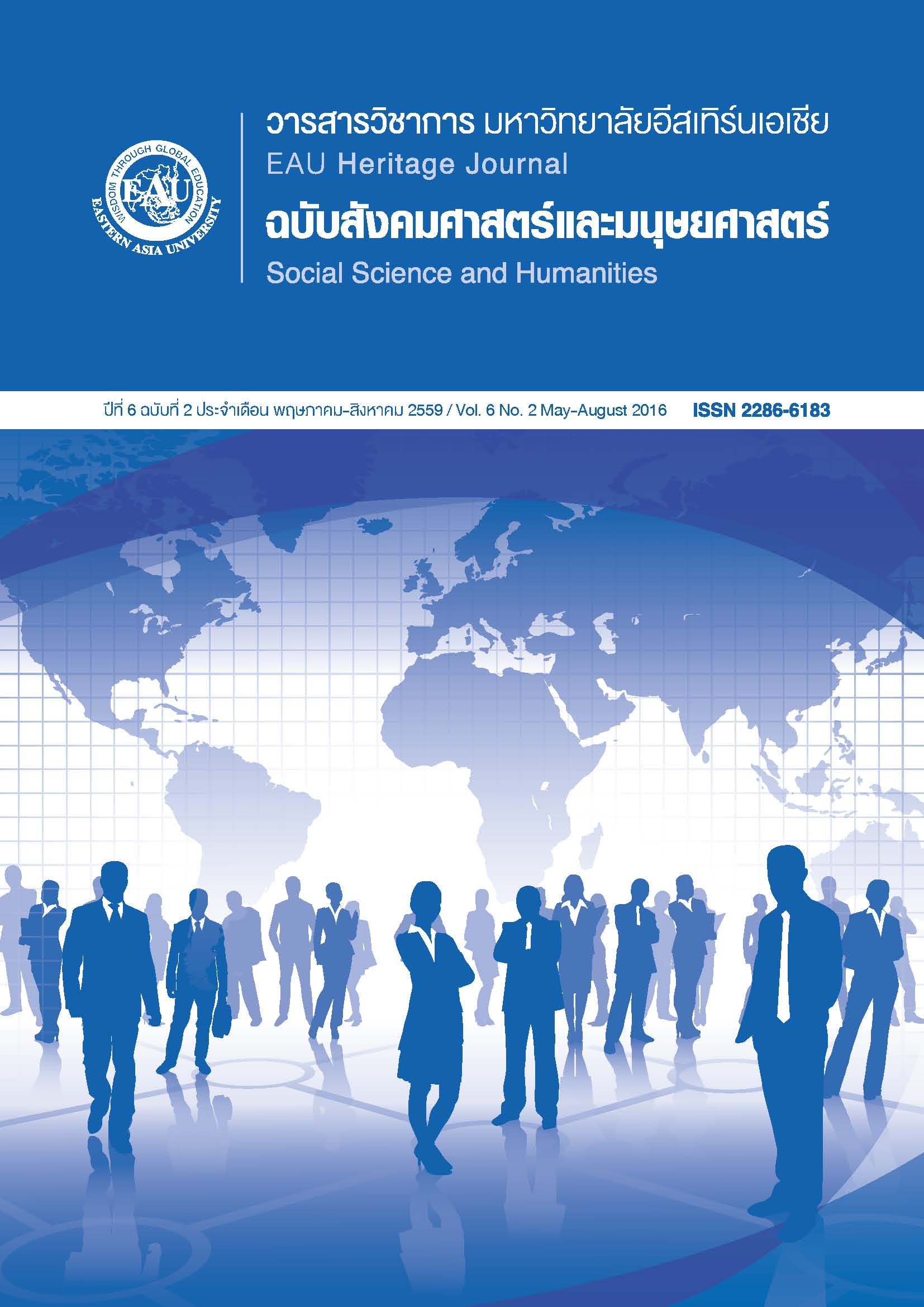A Study of National Competitiveness, Using the Single Diamond, Generalized Double Diamond (GDD, and Dual Double Diamond (DDD) approaches
Keywords:
single diamond, generalized double diamond model, dual double model, national competitiveness, multinational corporations (MNCs)Abstract
The concept of national competitiveness dominates the thinking of those multinational corporations (MNC’S) which thrive in the global market place. The study of this concept is derived from Porter’s National Diamond model (1990) ,which identifies the four determinants of a country’s competitiveness. Other studies have pointed out the shortcomings of Porter’s model, extending it to cover multinational corporations (MNC’s), in order to account for and analyze the competitiveness of the economies of small countries. The expansion of Foreign Direct Investment (FDI) on a global scale also requires extensive measurements of national competitiveness, in order to make location decisions and to gauge a country’s specific economic advantages. This paper presents the various approaches, starting with Porter’s original National Diamond, then dealing with the Generalized Double Diamond Model, and the Dual Double Diamond Model, in terms of their respective capacities. The research is a comprehensive analysis of the problems of assessing national competitiveness.
References
Ambastha, A. and Momoya, K. (2004). Challenges for Indian software firms to sustain their global competitiveness. Singapore Management Review, 26(2), 65-67.
Cartwright, W. R. (1993). Multiple linked diamonds: New Zealand’s experience. Management International Review, 33(2), 55-70.
Cho, D. S. & Moon, H. C. (2000). From Adam Smith to Michael Porter. Singapore: World Scientific.
Cho, D. S. & Moon, H. C. (2005). Extending the scope of international business to the analysis of national competitiveness. Research Gate, 3rd Annual JIBS/AIB/CIBER invitational conference.
Cho, D. S. & Moon, H. C., & Kim, M. Y. (2007). Characterizing international competitiveness in international business research: A MASI approach to national competitiveness. Research in International Business and Finance, 22(2), 175-192.
Cho, D. S. & Moon, H. C., & Kim, M. Y. (2008). Does one size fit all? A dual double diamond approach to country- specific advantages. Asia Business & Management, 8(1), 83-102.
Dunning, J. H. (1992). The competitive advantage of countries and the activities of transnational corporations. Transnational Corporations, 1(1), 135-168.
Ketels, C. H. M. (2006). Industrial policy in the united states. Journal of Industry, Competition and Trade, 7(3-4), 143-323.
Ketels, C. H. M. (2006). Michael Porter’s competitiveness framework: recent learning and new research priorities. Journal of Industrial Trade and Competition, 6(1), 63-66.
Kohler, W. (2006.). The Lisbon Goal of the EU: rhetoric or substance?. Journal of Industrial Trade and Competition, 66(1), 63-66.
Krugmann, P. R. (2003). Competitiveness: a dangerous obsession. Foreign Affairs, 73(2), 28-44.
Krugmann, P. R. & Obstfeld, M. (2003). International economics: Theory and policy (4th ed.). New York: Harper Collins.
Liu, D. Y. & Hsu, H. F. (2009). An international comparison of empirical generalized double diamond model approaches to Taiwan and Korea. Competitiveness Review: An International Business Journal, 19(3), 160- 174.
Momaya, K. (2008). Evaluating country competitiveness in emerging industries: Learning from a case of nanotechnology. Journal of International Business and Economy, 9(1), 37-58.
Moon, H. C., Rugman, A. M. & Verbeke, A. (1995). The generalized double diamond approach to international competitiveness. Research in Global Strategic Management, 5, 97-114.
Moon, H.C., Rugman, A.M. & Verbeke, A. (1998). A generalized double diamond approach to the global competitiveness of Korea and Singapore, International Business Review, 7, 135-150.
Porter, M. E. (1980). Competitive strategy: Techniques for analyzing industries and competitors. New York:
Free Press.
Porter, M. E. (1990). The competitive advantage of nations. New York: Free Press.
Porter, M. E. (1996). What is strategy?. Harvard Business Review, 74(6), 61-78.
Porter, M. E. (1997). New Strategies for inner-city economic development. Economic Development Quarterly, 11(1), 11-28.
Rugman, A. M. (1990). Multinationals and Canada-United States Free Trade. Columbia: University of South Carolina Press.
Rugman, A. M. & D’Cruz, J. R. (1993). The double diamond model of international competitiveness: Canada’s experience. Management International Review, 33(2), 17-39.
Smit, A. J. (2010). The competitive advantage of nations: is Porter’s Diamond Framework a new theory the explains the international competitiveness of countries? Southern African Business Review 14(1).




